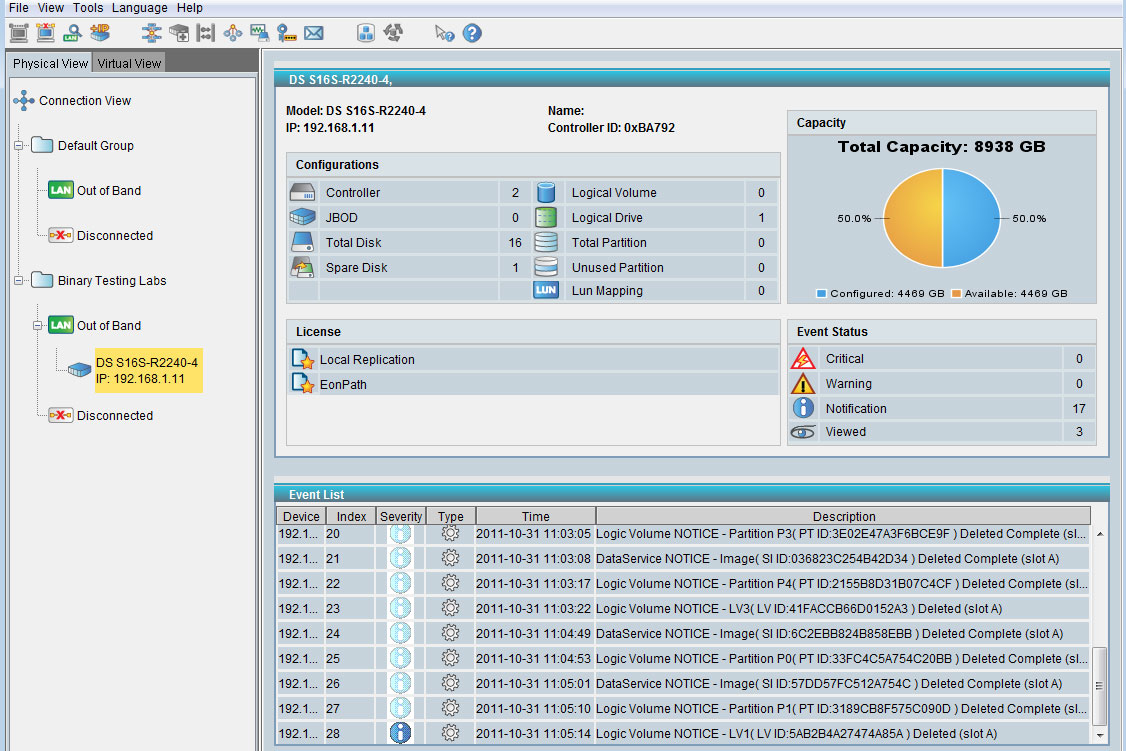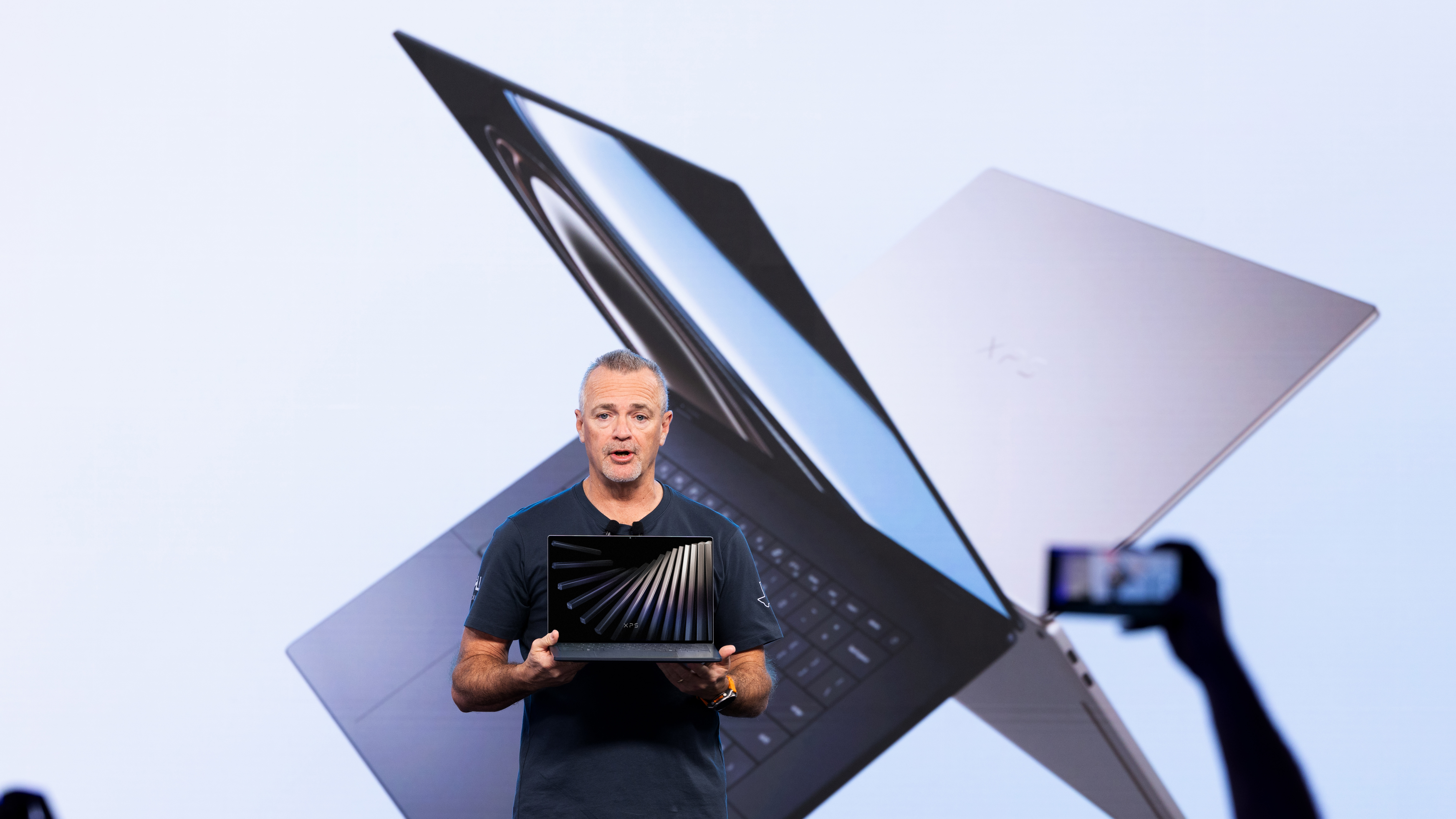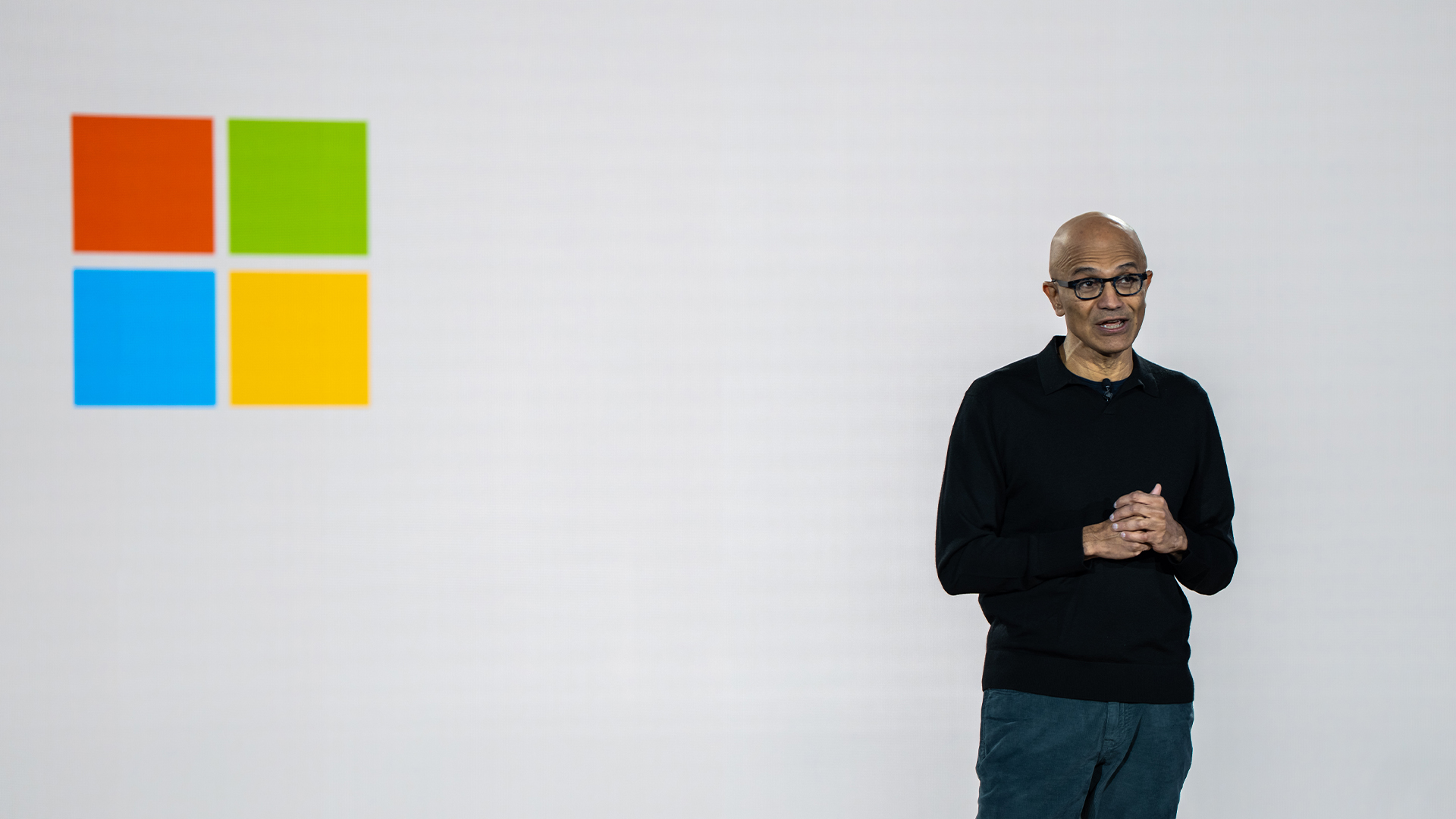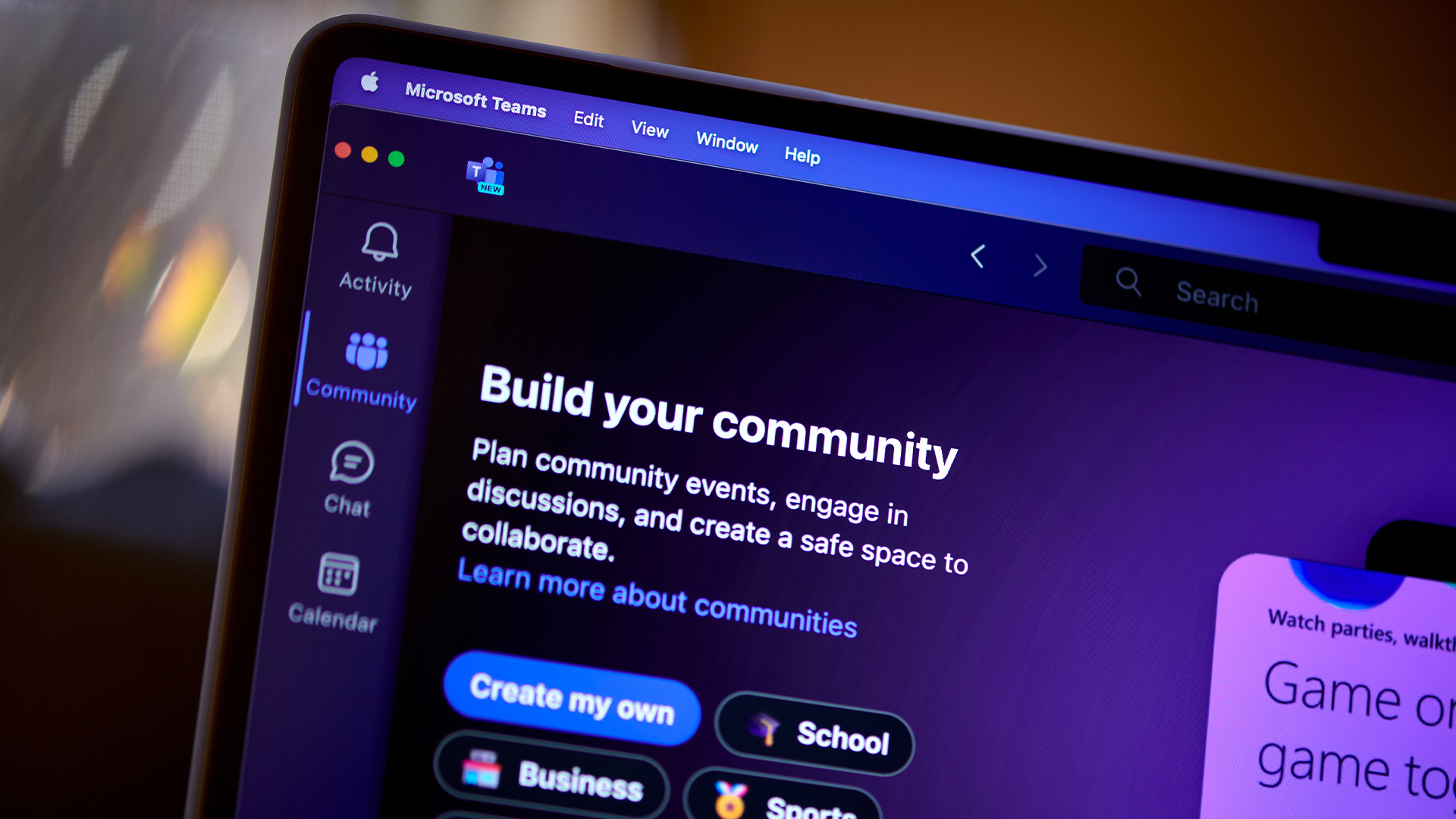Infortrend EonStor ESDS S16S-R2240-4 review
InforTrend's latest high-speed DAS appliance provides a simple method of expanding storage for multiple application servers. In this exclusive review, Dave Mitchell hooks it up to the labs' servers to test performance and see how easy it is to deploy.
The EonStor acquitted itself well in our lab tests showing performance equal to more costly 8Gbit/s FC SAN appliances. It’s easy to deploy, provides excellent fault tolerance and expansion potential and it's good value too.

However, it's worth taking a moment to get to grips with how storage is handled by the appliance. Logical drives are collections of physical hard disks grouped together in a RAID array. Once you've created a logical drive you can then create logical volumes. A logical volume can be confined to a single logical drive or it can be spread over multiple logical drives for even greater fault tolerance.

The SANWatch Commander provides a complete overview of all Infortrend storage appliances present on the network.
A logical volume comprises the total capacity of all included logical drives. Volumes can be divided into partitions. These are the actual storage devices that will be presented to your servers and are mapped to either controller and assigned a unique LUN.
Plenty of backup options are available. Snapshots provides point-in-time copies of partitions which can be used for rollback and recovery purposes. Source partitions can also be copied or mirrored to target partitions on other volumes. Once a mirror has completed, the pair can be split and the target mapped to a new LUN.
This is useful for offloading backup tasks as the target can be removable media attached to another server, reducing any potential performance lag on the source. Once the backup has completed, the source and targets are resynchronised and then split again ready for the next backup.
Optional thin provisioning allows you to create partitions that only use a small amount of space, but appear much larger to the host servers. As capacity is used, the appliance dynamically allocates blocks to the partition and when all the space is used up you can expand a partition into any free space on the logical volume.
Sign up today and you will receive a free copy of our Future Focus 2025 report - the leading guidance on AI, cybersecurity and other IT challenges as per 700+ senior executives
Dave is an IT consultant and freelance journalist specialising in hands-on reviews of computer networking products covering all market sectors from small businesses to enterprises. Founder of Binary Testing Ltd – the UK’s premier independent network testing laboratory - Dave has over 45 years of experience in the IT industry.
Dave has produced many thousands of in-depth business networking product reviews from his lab which have been reproduced globally. Writing for ITPro and its sister title, PC Pro, he covers all areas of business IT infrastructure, including servers, storage, network security, data protection, cloud, infrastructure and services.
-
 Return of the XPS: Dell resurrects iconic brand at CES after customer demand
Return of the XPS: Dell resurrects iconic brand at CES after customer demandNews COO says "branding matters" as Dell bucks trend at CES to bring back beloved XPS
By Bobby Hellard Published
-
 Microsoft CEO Satya Nadella wants an end to the term ‘AI slop’ and says 2026 will be a ‘pivotal year’ for the technology – but enterprises still need to iron out key lingering issues
Microsoft CEO Satya Nadella wants an end to the term ‘AI slop’ and says 2026 will be a ‘pivotal year’ for the technology – but enterprises still need to iron out key lingering issuesNews Microsoft CEO Satya Nadella might want the term "AI slop" shelved in 2026, but businesses will still be dealing with increasing output problems and poor returns.
By Ross Kelly Published
-
 These Microsoft Teams security features will be turned on by default this month – here's what admins need to know
These Microsoft Teams security features will be turned on by default this month – here's what admins need to knowNews From 12 January, weaponizable file type protection, malicious URL detection, and a system for reporting false positives will all be automatically activated.
By Emma Woollacott Published
